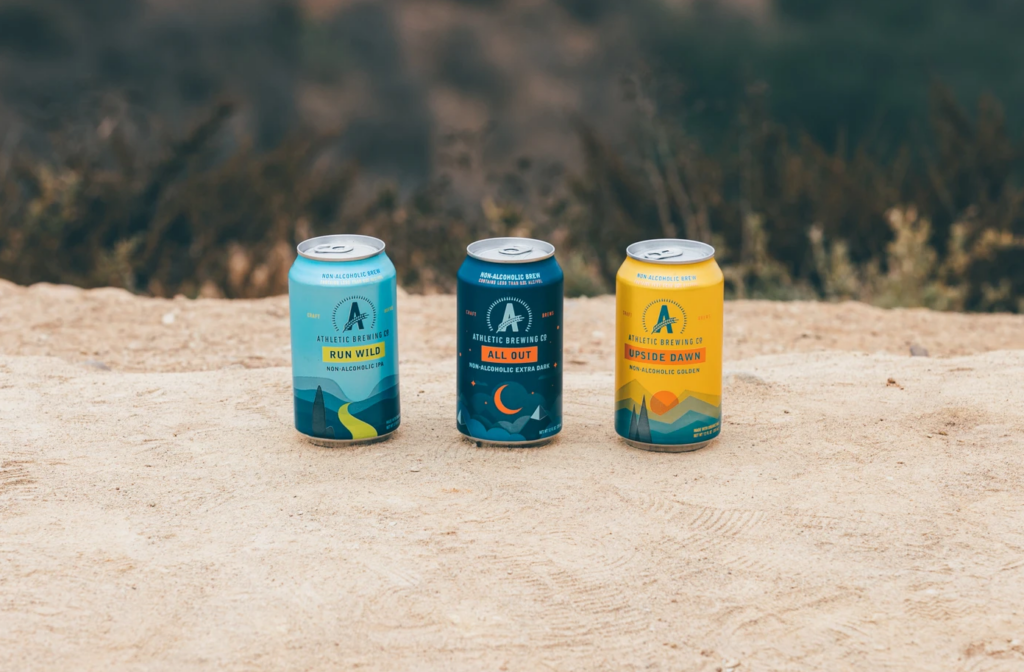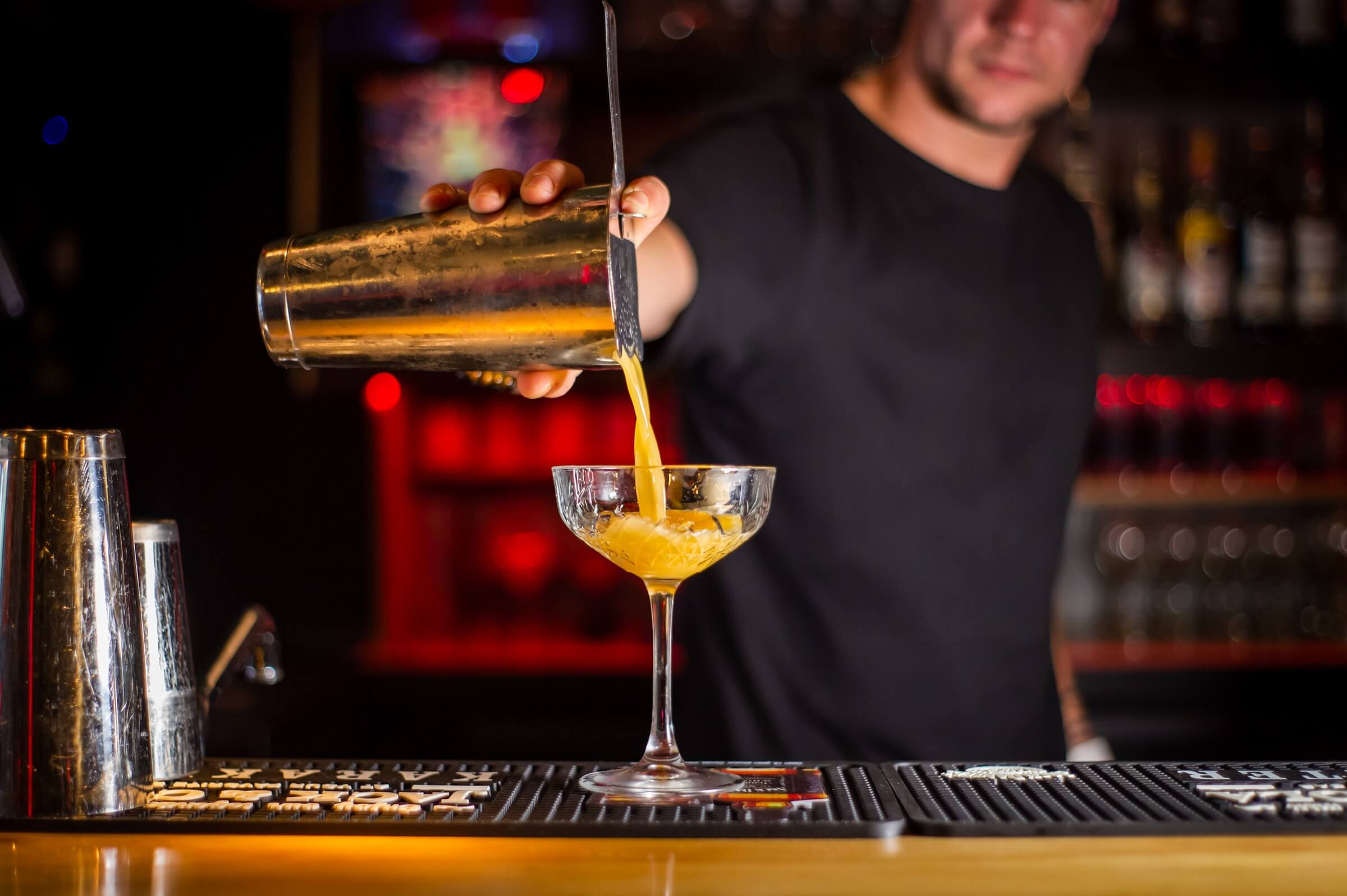E-Commerce Alters Drinking Occasion
by David Klemt
According to estimates, beverage alcohol e-commerce grew by 40 percent in 2020.
Per data from the IWSR, ten “core countries” are driving that growth: Australia, Brazil, China, France, Germany, Italy, Japan, Spain, United Kingdom, and the United States. China, the reigning campion of beverage alcohol e-commerce, is expected to be toppled by the US by the end of this year.
Of particular note: growth in the above markets more than doubled from 2019, when online alcohol retail grew by 11 percent.
What this Means for Brick-and-Mortar Operations
We all know what drove the growth in online alcohol sales.
In their quest to find comfort in the midst of the global 2020 pandemic, they became comfortable with purchasing alcohol online as a long-term behavior. Alcohol brands were forced to pivot to online sales channels due to restaurants, bars, lounges, nightclubs and other brick-and-mortar F&B operations facing constantly shifting restrictions and closures. (See also: Los Angeles County restaurant restrictions.)
To compete, operators must continue to do what they’ve had to even before a pandemic absolutely ravaged the hospitality industry and millions of people’s livelihoods: adapt.
For at least several more months, drinking at home will be its own occasion, for obvious reasons. The IWSR expects brands to invest more into online alcohol retail. If that proves to be the case, operators can expect–as a worst-case scenario–fewer dollars spent on their brick-and-mortar operations.
Getting creative with alcohol delivery, takeout and pickup is crucial to give operators the best chance to be included in the at-home drinking occasion.
The Trends to Watch
In terms of delivery trends, you can click here for food trends so you can consider complimentary beverages. Click here for 2021 drink trends, which certainly include alcohol-free beer.

Athletic Brewing Co. alcohol-free craft beers. Image: Athletic Brewing Co.
Speaking of delivery, the growth in alcohol e-commerce makes owning the guest journey by offering direct delivery even more important.
The IWSR has identified their own set of trends tied to the growth of alcohol e-commerce:
- As touched on above, at-home drinking becoming its own occasion outright.
- Premiumization will change. Some consumers will experiment less and focus on their favorite brands, and others will turn to brick-and-mortar channels for premium experiences.
- Politics will play a noticeable role on beverage alcohol, not just in the US but across the globe. Tariffs could change and strict e-commerce regulations could loosen.
- RTDs will remain strong or get stronger. Per the IWSR, “innovation in alcohol bases, exploration of new and increasingly local flavors, and premium product offerings” will ensure RTDs remain a crucial beverage category in 2021.
- Low- and zero-alcohol drink options will continue their evolution. Once stigmatized, these drinks exploded in popularity in 2020. For 2021, the IWSR expects them to become aspirational.
Last year changed the industry. Comfort, convenience, and a heightened awareness of health and wellness are altering how people consume and engage with brands, restaurants and bars. Operators, already facing challenges from all sides, must take the time to develop strategies to compete for e-commerce dollars.


